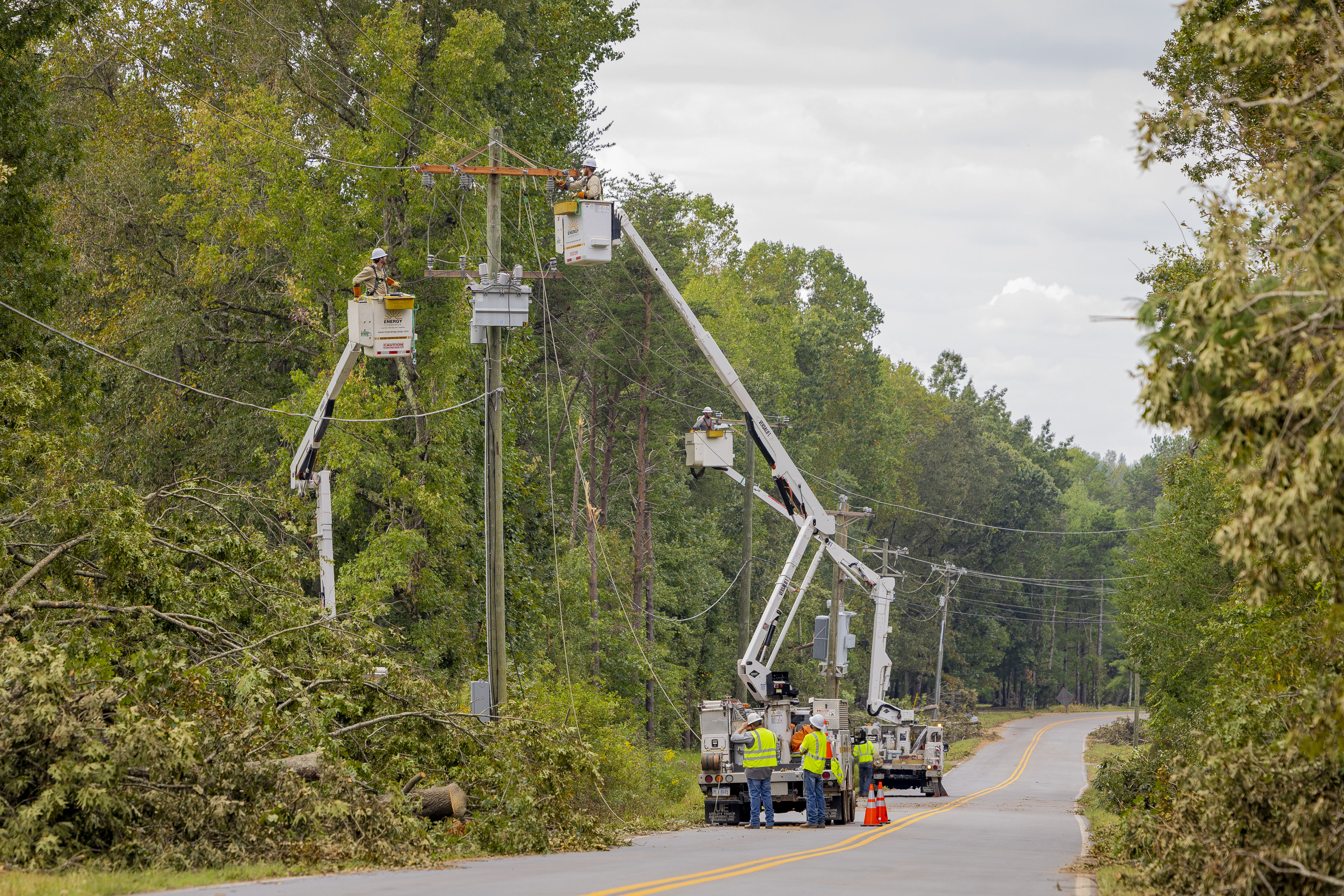
3 minute read
PRESIDENT'S MESSAGE
By Todd Ware, President & Chief Executive Officer
When severe weather events like Hurricane Milton, Helene, and the flooding in North and South Carolina occur, we think of Cooperative Principle #6: Cooperation Among Cooperatives. This foundational principle stresses the importance of supporting each other to be more impactful. Looking back at the outstanding accomplishments of relatively small, locally-owned cooperatives, we recognize cooperatives have always been better when they work together.
HISTORY OF COOPERATIVES
Let us consider the evolution of cooperatives in relation to this principle. As electric cooperatives formed nationwide in the 1930s and 1940s, they realized that developing organizations that could serve their business needs would be more effective and less expensive than doing those jobs alone. Nearly all of them banded together to form state-based trade associations. Ohio's Electric Cooperatives (OEC), for example, came into existence in 1941 to represent the interests of electric cooperatives in the Buckeye State. They work for all 24 Ohio-based electric cooperatives with a broad range of services, such as safety training, government relations, workforce development, education and communication services.
After the trade associations, generation and transmission cooperatives were formed to help the local cooperatives develop the scale needed to purchase and own large-scale electric supply facilities. Since 1959, Buckeye Power—through its Cardinal Power Plant and other generation resources—has provided a reliable and affordable electricity supply at cost to the cooperatives that do business here.
It was not long before cooperatives found they had better business interests met on a national scale, so they formed the National Rural Electric Cooperative Association (NRECA) to represent them in their dealings with the federal government.
NRECA also provides at-cost benefit plans for our employees and the local cooperative directors take advantage of their governance training courses.
Later, when cooperatives needed a reliable financing supplier for investment in infrastructure, National Rural Utilities Cooperative Finance Corporation was created; when they required property protection and liability coverage, Federated Rural Electric Insurance Exchange emerged. The list now includes information technology companies, national call response centers, telecommunications services and more.
MUTUAL AID
Now that the "among cooperatives" portion of the principle has been explained, we will dig into the "cooperation" side. When an extreme weather event occurs, there are times that cooperatives are hit with significant electrical outages. That is where our cooperatives band together and send crews to assist in restoring their system. This sort of mutual aid is an aspect of cooperatives inherent to their principles. In September, we sent crews to cooperatives in North Carolina and South Carolina to assist in restoring their members. They worked tirelessly, working long hours in rugged terrain and hazardous circumstances with the devastation of the flooding. The Energy Cooperative is honored and humbled to assist and realize that someday we may need assistance from those same cooperatives in a major storm event. Our Energy Cooperative teams are incredible, and they have witnessed first-hand the impact of Cooperative Principle #6: Cooperation Among Cooperatives
As you turn the pages of our last issue of this Times magazine for 2024, I encourage you to make a point to read the article “A Time for Change” on page 8. This article signifies an important shift of responsibilities within Ohio's Electric Cooperatives leadership.










